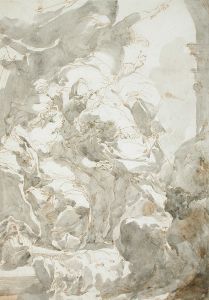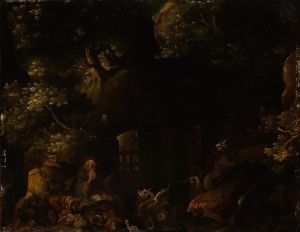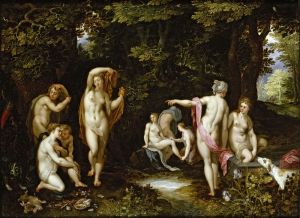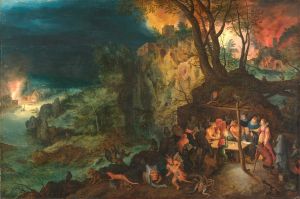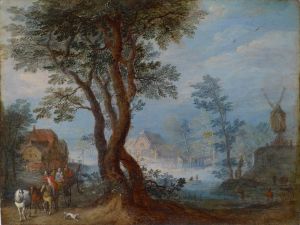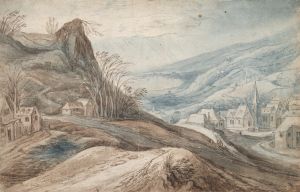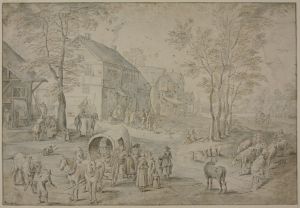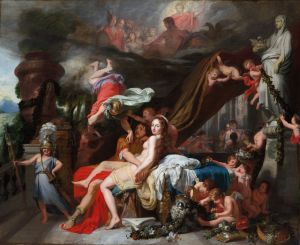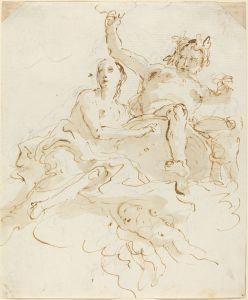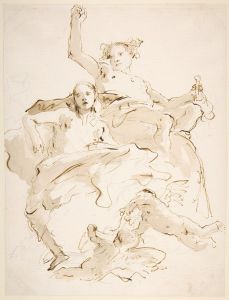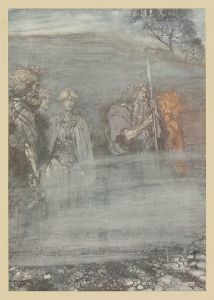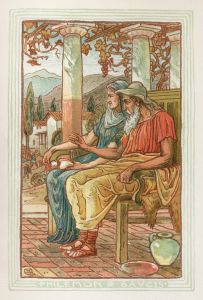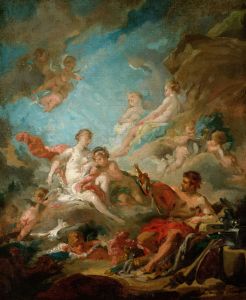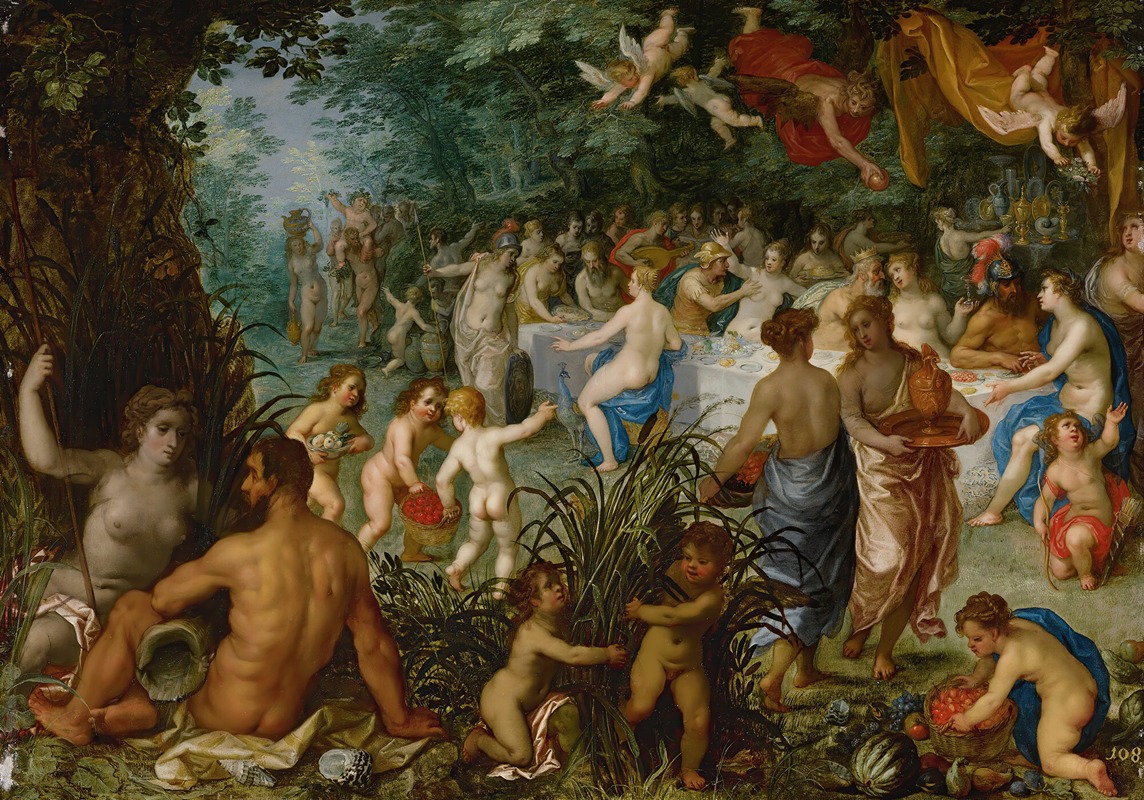
Landscape With Wedding Of Peleus And Thetis
A hand-painted replica of Jan Brueghel The Elder’s masterpiece Landscape With Wedding Of Peleus And Thetis, meticulously crafted by professional artists to capture the true essence of the original. Each piece is created with museum-quality canvas and rare mineral pigments, carefully painted by experienced artists with delicate brushstrokes and rich, layered colors to perfectly recreate the texture of the original artwork. Unlike machine-printed reproductions, this hand-painted version brings the painting to life, infused with the artist’s emotions and skill in every stroke. Whether for personal collection or home decoration, it instantly elevates the artistic atmosphere of any space.
Jan Brueghel the Elder's painting Landscape with the Wedding of Peleus and Thetis is a work attributed to the Flemish Baroque artist, who was renowned for his detailed landscapes and intricate compositions. The painting depicts the mythological wedding of Peleus, a mortal, and Thetis, a sea nymph, an event from Greek mythology that is famously associated with the origins of the Trojan War. The myth recounts that the wedding was attended by gods, goddesses, and other mythological figures, and it was during this celebration that the golden apple inscribed "to the fairest" was introduced, leading to the eventual conflict between Hera, Athena, and Aphrodite.
The painting is characteristic of Brueghel's style, combining a lush, detailed landscape with numerous small figures engaged in various activities. The natural setting is rendered with meticulous attention to detail, showcasing Brueghel's skill in creating vibrant, dynamic scenes filled with life and movement. The figures in the painting, though small in scale compared to the expansive landscape, are carefully arranged to convey the grandeur and festivity of the mythological event.
Jan Brueghel the Elder (1568–1625) was a prominent figure in the Flemish Baroque tradition and the son of Pieter Bruegel the Elder. He was known for his collaborations with other artists, including Peter Paul Rubens, and for his ability to depict both natural and fantastical scenes with precision and imagination. His works often featured allegorical or mythological themes, and he was particularly skilled in painting landscapes, floral still lifes, and scenes with animals.
The exact date of creation for Landscape with the Wedding of Peleus and Thetis is not definitively documented, but it is consistent with Brueghel's mature period, during which he produced many works blending mythological narratives with elaborate landscapes. The painting is an example of the artist's ability to merge storytelling with his mastery of naturalistic detail.
The current location of the painting is not specified in this context, and further details about its provenance or history of ownership are not provided. As with many works of this period, it is possible that the painting has undergone restoration or changes in attribution over time.
This work exemplifies the fusion of mythology and landscape that was a hallmark of Brueghel's oeuvre, reflecting both his artistic skill and the cultural interests of his time.





